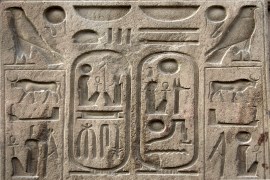Livre | Chapitre
Temptations and dynamic consistency
pp. 137-150
Résumé
The objective of this paper is to test an implication of the quasi-hyperbolic model of discounting by implementing an experiment on temptations. This implication is that people choose more investment goods than temptation goods when they plan, but choose more temptation goods than investment goods when they consume on the spot. This effect, which has been called the immediacy effect by Read et al. (1999), occurs when an individual behaves according to the quasi-hyperbolic discounting model, but not when an individual behaves according to the exponential discounting model.
Détails de la publication
Publié dans:
Abdellaoui Mohammed, Hey John D. (2008) Advances in decision making under risk and uncertainty. Dordrecht, Springer.
Pages: 137-150
DOI: 10.1007/978-3-540-68437-4_9
Citation complète:
Carbone E., 2008, Temptations and dynamic consistency. In M. Abdellaoui & J. D. Hey (eds.) Advances in decision making under risk and uncertainty (137-150). Dordrecht, Springer.










